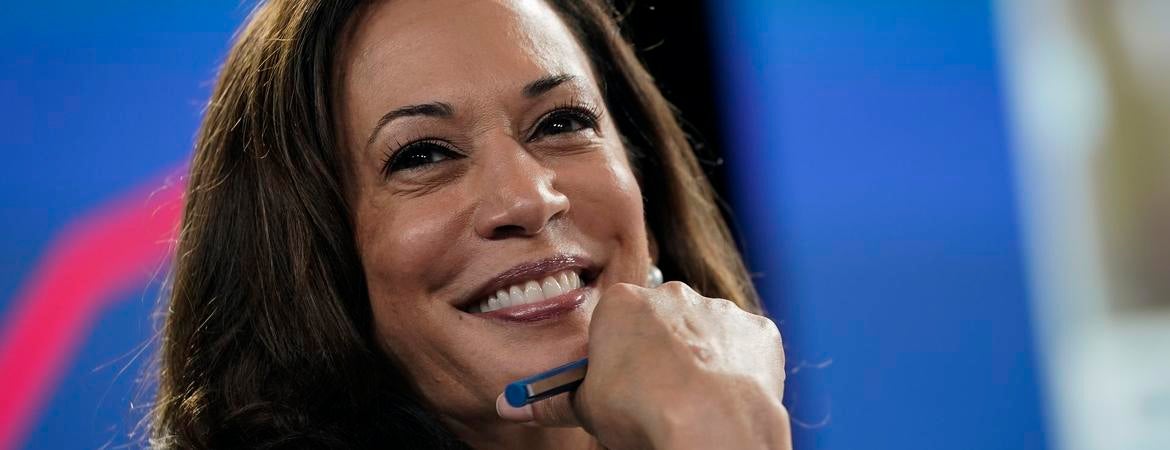Center for Social Innovation

When Democrats next week formally nominate the daughter of an Indian immigrant to be vice president, it'll be perhaps the biggest leap yet in the Indian American community's rapid ascent into a powerful political force.
Why it matters: Indian Americans are one of the fastest-growing, wealthiest and most educated demographic groups in the U.S. Politicians work harder every year to woo them. And in Kamala Harris, they'll be represented in a major-party presidential campaign for the first time.
By the numbers: There are more than 4 million Indian Americans, and the population is growing quickly.
- Indian Americans are wealthier than Americans in general, according to Census Bureau data compiled by AAPI Data. Their median annual household income was about $139,000 in 2018, more than double the nationwide median.
What they're saying: ”Trump got a lot of younger Asian Americans out to vote in 2018 — most of them for the Democratic Party rather than the Republican Party — and you’re probably going to see similar dynamics this year," said Karthick Ramakrishnan, the founder of AAPI Data and a political science professor at the University of California, Riverside.
- "The Harris nomination will likely add some boost to those dynamics.”